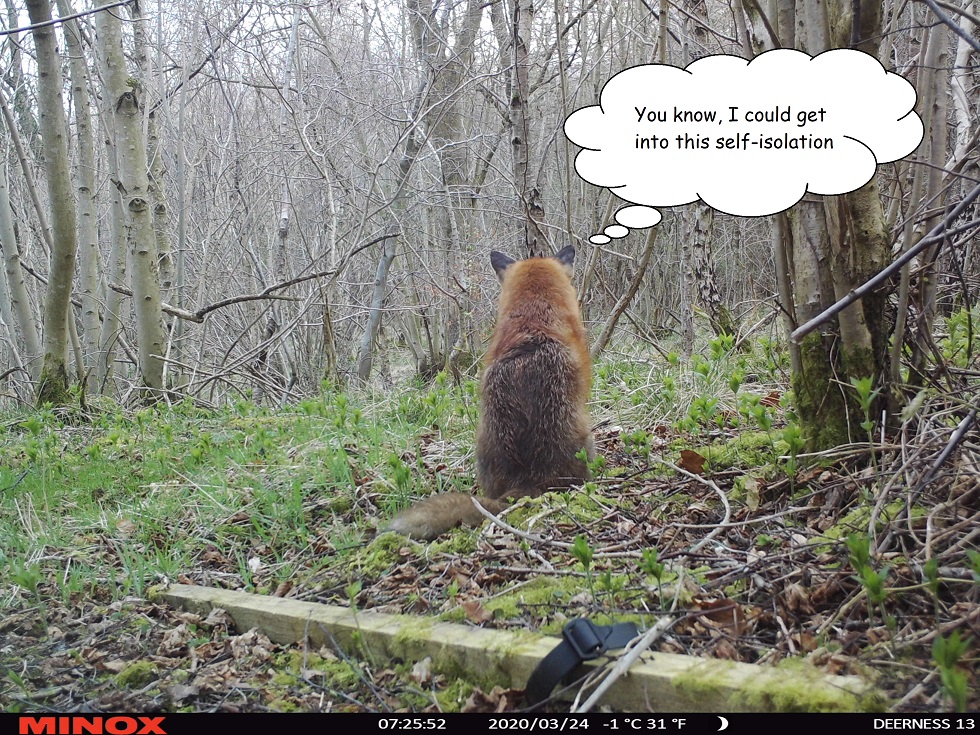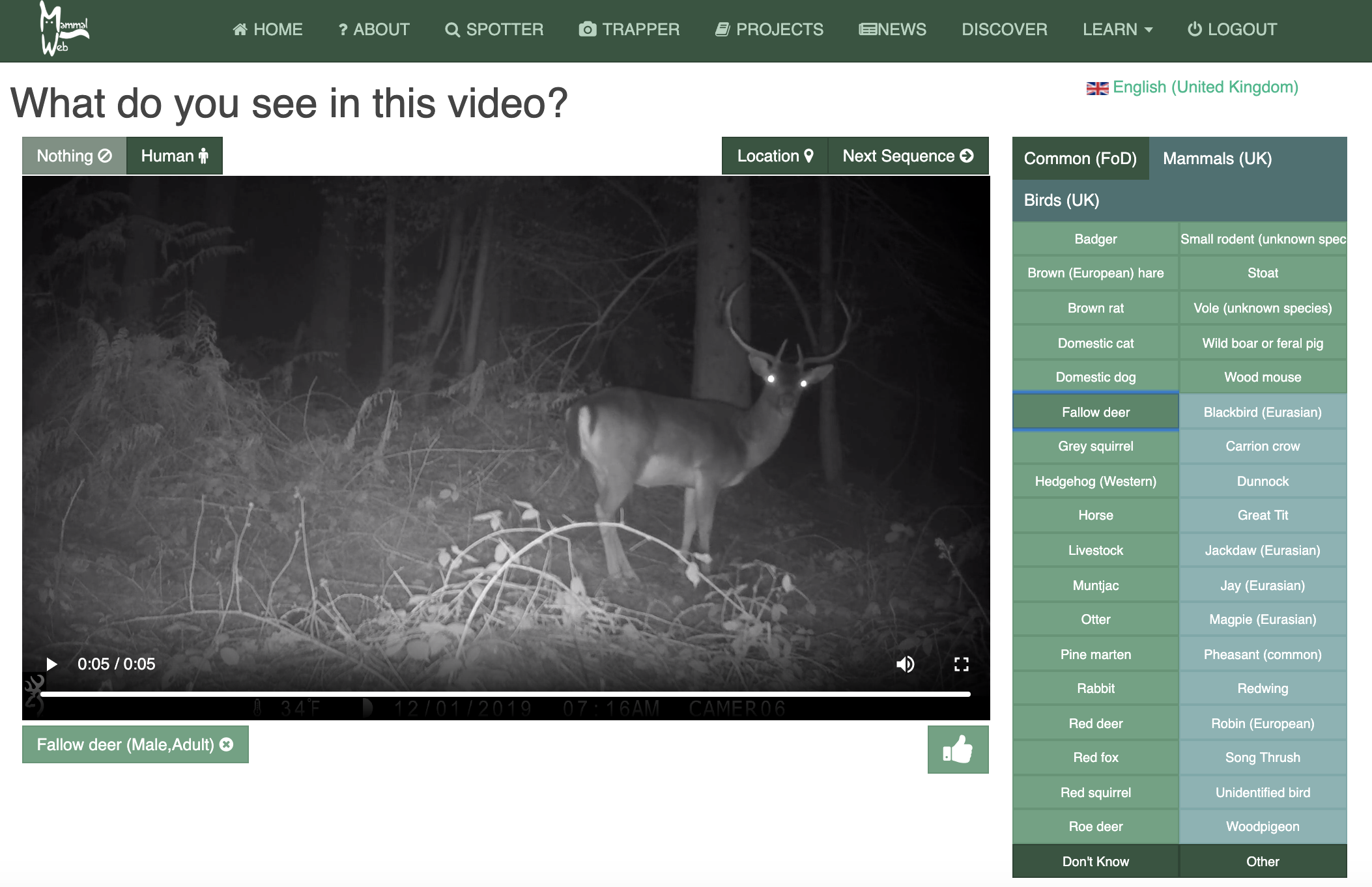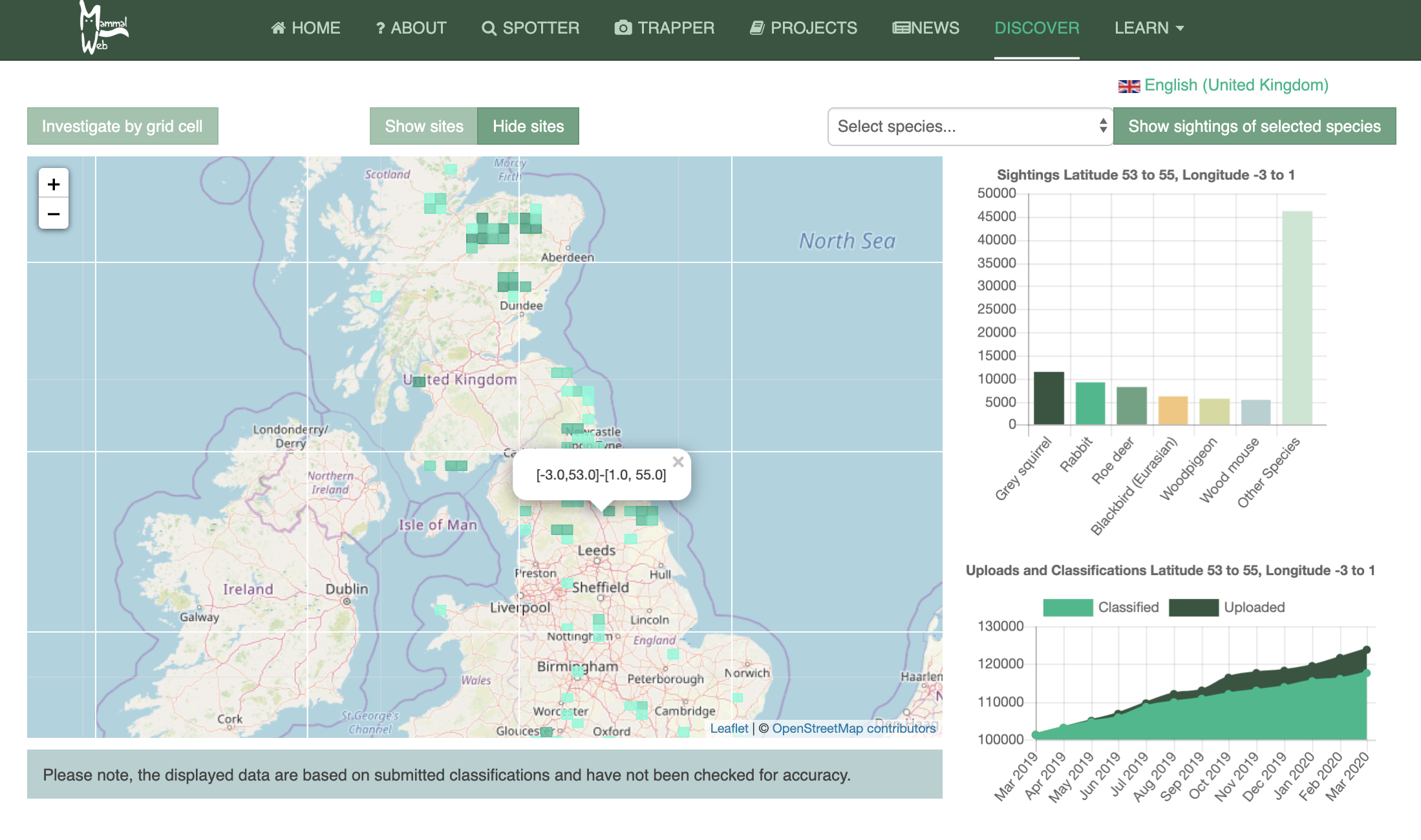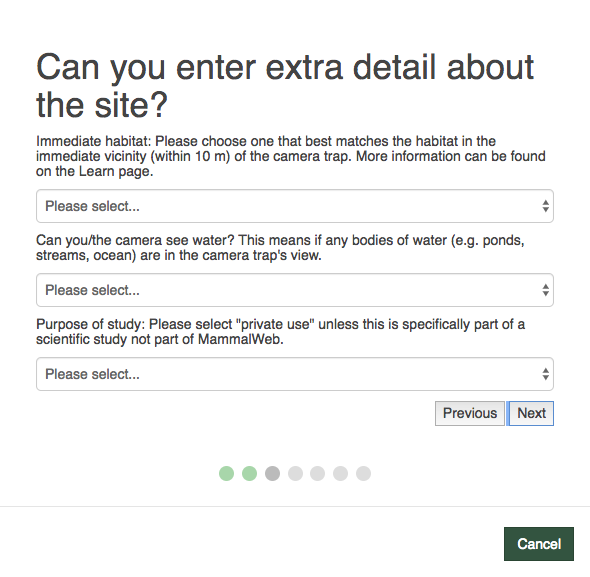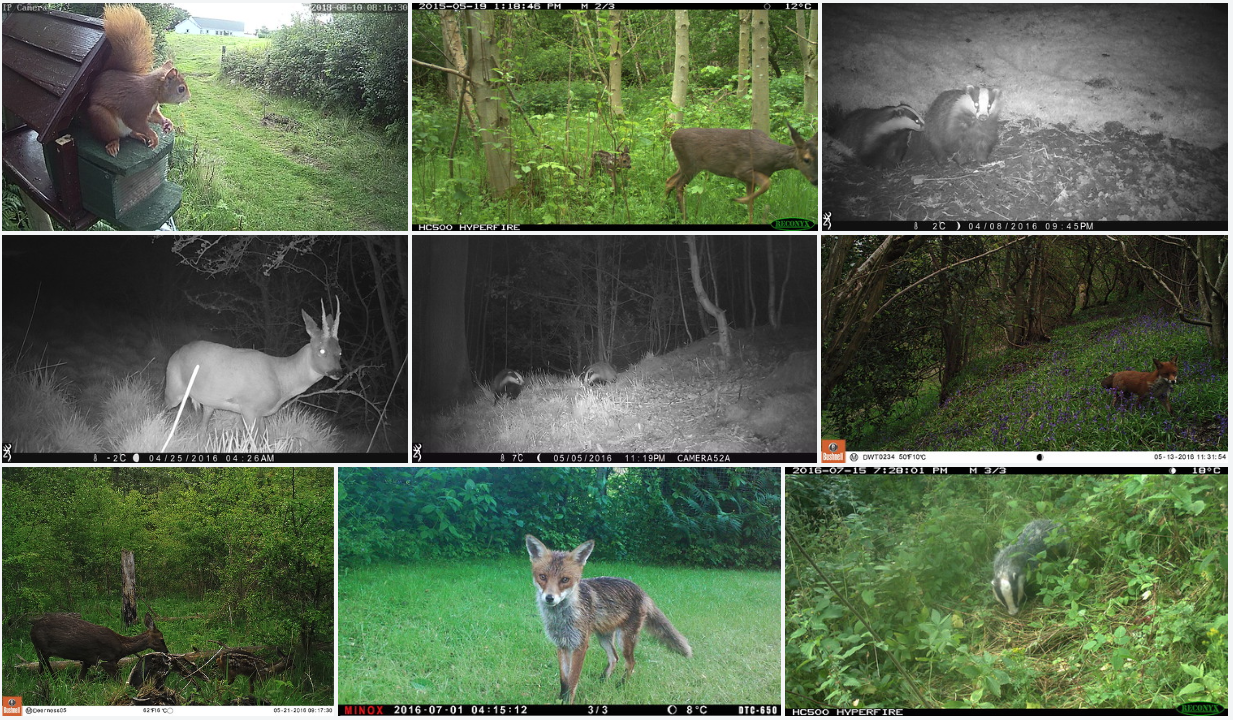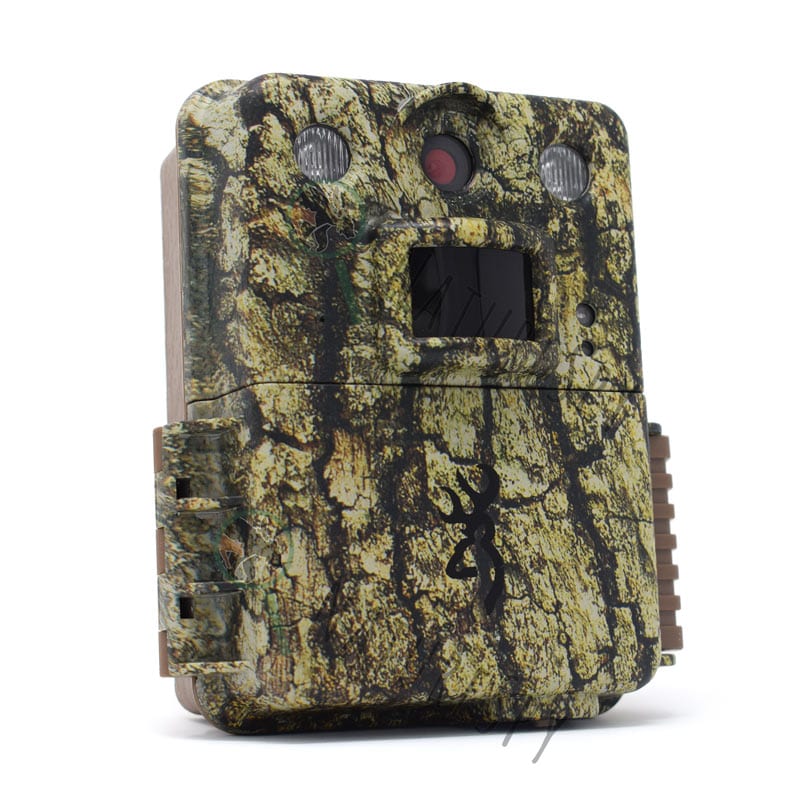Self-isolation and MammalWeb
27-03-2020
For many of us, these are the strangest and most disorientating times we have known. For those of us working from home, it's hard to settle to anything meaningful. For those who aren't able to work from home, there's only so much spring cleaning you can do! Whether you're trying to occupy the children's time, or looking for something satisfying that you can do, we hope that MammalWeb offers some potential. Our growing range of projects should offer something for everyone - and any time spent on MammalWeb brings the added satisfaction that you are helping to build a vital database of where mammals of different species occur, how they spend their time, and what aspects of the environment affect both of those. In addition, we are aiming to launch a competition for those who participate in spotting during the lockdown. Watch our social media channels for more on that in due course!
We are always seeking additional help to increase camera trapping coverage and to increase the rate at which we gain classifications of submitted data. For that reason, we have created a "quick start" guide to using MammalWeb. Feel free to share it with family and friends who might be looking for satisfying ways to spend their time! The quick start guide is here.
For now, we hope you are keeping safe and healthy, and that this bizarre and worrisome period will soon be over - maybe even leaving behind a new perspective on how we work, what we value, and how we balance our time between work and home.
Image credit: Roland Ascroft

 English (United Kingdom)
English (United Kingdom)  Czech (Čeština)
Czech (Čeština)  Nederlands (nl-NL)
Nederlands (nl-NL)  Magyar
Magyar  Deutsch (Deutschland)
Deutsch (Deutschland)  Croatian (Hrvatski)
Croatian (Hrvatski)  Polski (PL)
Polski (PL)  Español (España)
Español (España) 